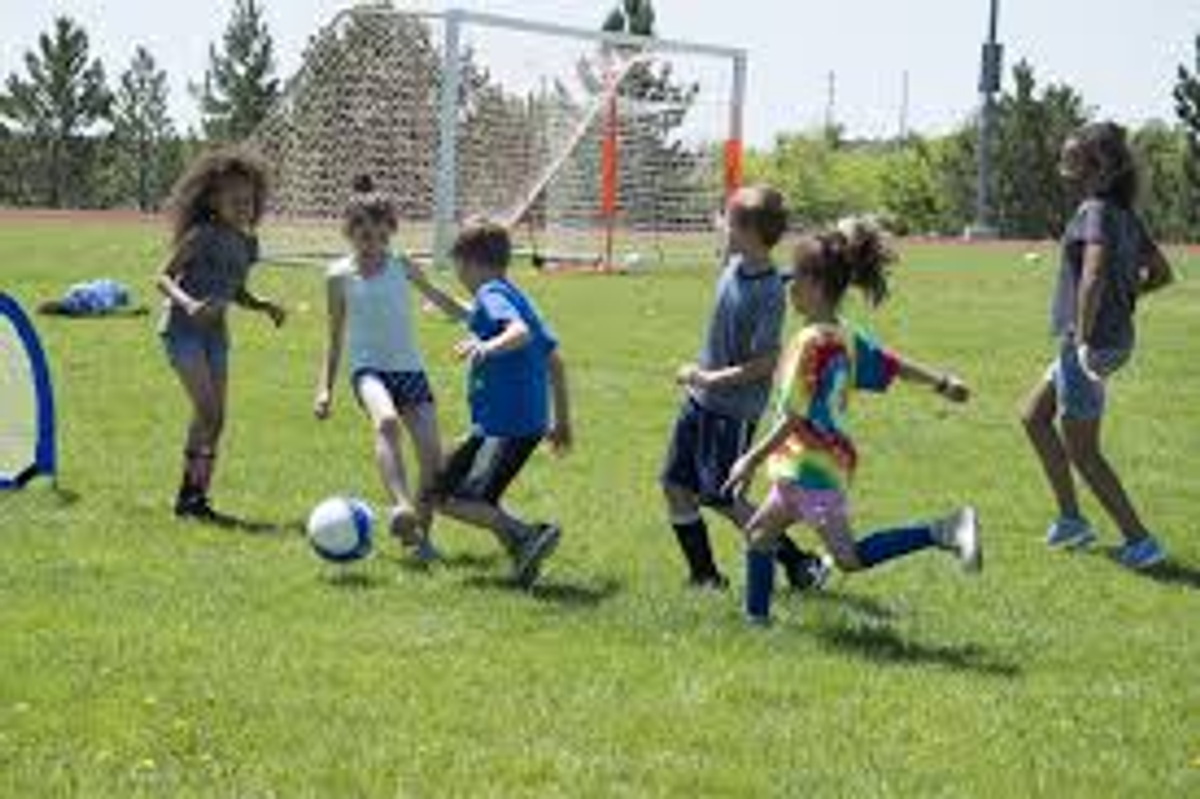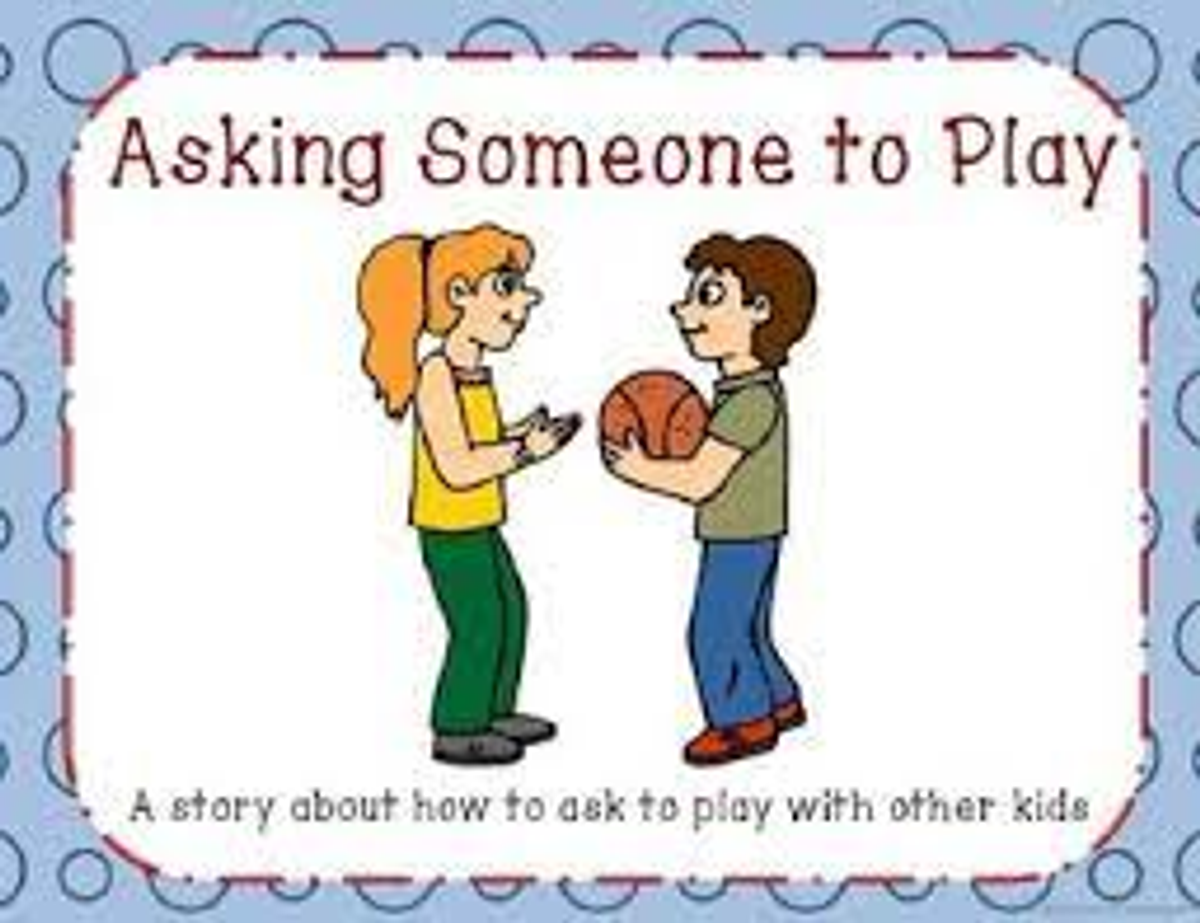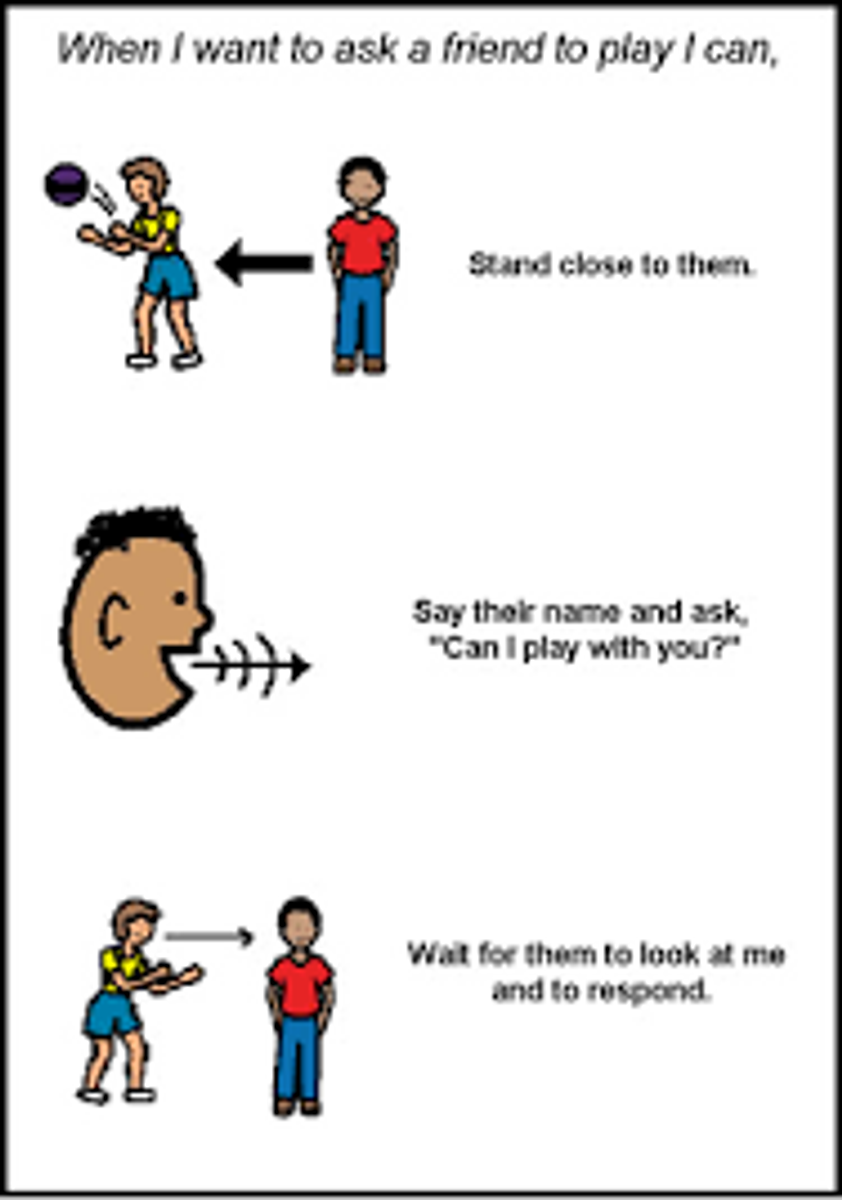Diverse Learning

Two Essential Tools for Playground Happiness (Tool 1)
By Helen Davidson and Claire Orange
The playground is a place of many joys and sorrows. A place of mostly good, many great, sometimes bad and occasional ugly connections and relationships. Each social experience in the playground is laying down learning that a child will draw on as their ‘social template’ over a lifetime.
The ability to co-operate, negotiate, to share, to be empathetic, to join in, to be assertive – these are skills that are often learned and honed in the playground. For some children with a strong sense of self and well-developed social skills the learning is easy. For others, some skills are simply never learned or even worse, maladapted social skills develop in their place. Think about the child who struggles to get along so he runs away with the ball – how is he going to behave in the workplace one day?
What we know: Not one parent or teacher in this world wishes for a child to be friendless, left out of games and ignored. But this is exactly what does happen for many kids who struggle to find their place socially. But it doesn’t have to be that way. All children can learn social and emotional TOOLS that will impact profoundly on their ability to experience positive relationships with others – and also with themselves.
These TOOLS are like so many others – they need to be taught specifically and explicitly and they get better with practise. No expensive equipment, no fancy titles needed – just an investment of time and the wish to have a go.
Building those TOOLS is a lifetime investment in any child’s happiness. Actively teaching these skills to children will make a difference right now – and all the way through their lives
TOOL 1: How To Join In
Being included in games is part of a child’s daily life. They either have to be invited to join in, or else invite themselves into the game. And as we know, the latter takes some skill – what words to use, and the body language that means you’ve got a greater chance of hearing “Yes, sure you can join in!” Many children struggle with getting included; they might be too shy to ask, or they do so in a way that doesn’t exactly ‘sell’ their chances of being a fun and co-operative play mate. Or they might be too exuberant and bossy, and the play group gets the idea that they might take over and wreck the fun.
Doing role plays with a child is the perfect way to practice the TOOLS. Practise with siblings at home is useful or in small, trusted groups at school – so that re-playing them out there in the playground is much easier.
Two key points to teach a child are 1) What to say and 2) How to say it – the body language to use.
1. What to say - Most kids ask the standard question of: “Can I please play?” Now that serves the purpose, but it’s not very interesting. So encourage the child to experiment with several different questions. Brainstorm ideas and write them down. Score them out of ten for interesting to boring. Here are some suggestions:
- •“Hey, that looks fun, do you have any room for me?” •
- “When you’ve finished that round, could I please join in?”
- “Do you need anyone else for that game? It looks great!”
- “If I watch today, can I play tomorrow?”
2. How to say it – body language - Experts say that 55% of communication is about body language – posture, facial expression, tone of voice and hand movements. Here’s some areas to focus on:
- Stand tall, shoulders back •
- Stand still
- Hands by your side •
- Chin up and look at the kids •
- Use a loud enough voice so they can hear you •
- Smile so you look fun and friendly
Role play combining the words with the body language and practice with siblings and small groups. It will make a huge difference to the child’s confidence – and acceptance into games.
TOOL 2: What To Do If The Kids Say ‘No!’ will be discussed in next week's newsletter.
Ms Janelle Schembri | Diverse Learning Coordinator




